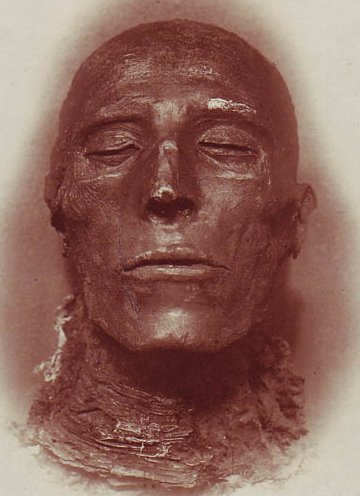
The Shortcut Man is the recently-published debut novel by P. G. Sturges. The author comes by his talent honestly. I say that not only because his father was the legendary Hollywood filmmaker Preston Sturges, but because he brilliantly channels Raymond Chandler, Jim Thompson and Donald Westlake while managing to deftly stamp his own style on his impressive first effort as a hardboiled mystery author.
Sturges has his work cut out for him. The hardboiled detective genre, while still alive, seems as rooted in the past as a slapstick comedy. Modern practitioners of the art seem determined to evoke past glories more so than speak to their own world. Updating the genre seems impossible short of cynically adding what used to be considered in polite company foul language and graphic sex scenes to the established structure.
It would be dishonest to pretend that Sturges does not do just that here and yet, somehow the book does not feel like a cynical cheat. Partly this is due to Sturges’ gift for great dialogue (simply saying it is in his genes is to do the man discredit for his own talent) and an innate understanding of human nature and our common foibles observing others’ mistakes as well as his own in his nearly sixty years on this planet. There is no mistaking that this book is as much a cathartic autobiography as it is a genuine detective novel.
So let’s get down to business. Who is Dick Henry and why should readers everywhere track down The Shortcut Man? Dick Henry narrates the book. He’s a likable, but flawed guy. Streetwise, but rarely clever as he makes his living as the guy you hire when you need muscle to get rid of a deadbeat tenant or to right wrongs when you’ve been royally screwed over by unscrupulous contractors. Dick is great at solving everyone’s problems but his own. He prides himself on being patient and subtle (the second one is highly questionable) and is certain his ex-wife will take him back eventually and restore him to the kids he’s desperately trying to forget as he disappears down a loser’s alley of arrested adolescence.
TO CONTINUE READING THIS ARTICLE, PLEASE VISIT HERE.






.jpg)